This
post was originally published on
this siteOriginally Posted At: https://breakingmuscle.com/feed/rss
A treadmill can be an invaluable piece of home gym equipment. The best treadmill for home gyms provides an opportunity to train cardiovascular health, and research has proven that cardio training comes with endless benefits, such as lowering blood pressure, weight management, and eliminating the onset of diabetes. (1) Although many might argue using a treadmill isn’t as effective as running or walking outdoors, an at-home treadmill provides year-long opportunities to train with various inclines that emulate different types of terrain.
With the recent surge in technological advancements, finding the right treadmill might require more effort than you think. Purchasing the wrong treadmill might lead to frustrating or ineffective workouts, or it might not fit your space. In this article, we will discuss our top picks for at-home treadmills, highlighting key features that will help you find the right one for you.
How We Chose the Best Treadmill for Home
Several of the treadmills we review below are ones that we’ve tried in our testing facility in Springfield, MO. Out of the nearly four dozen treadmills we have available, we narrowed it down to what we feel are the eight best machines.
When making our selections, we aimed to cater to a diverse range of users, including both elite athletes and casual exercisers. We included treadmills that had a justifiable price point while being able to accommodate high- and low-intensity workouts. Some of our treadmills came with a heavy price tag, but they also have top-of-the-line features and characteristics, such as interactive programming and auto-fold technology.
Because these treadmills are intended for a home gym, they need to be compatible with most spaces. To that end, some of the machines on the list below fold up for storage and have a condensed footprint. Another factor we considered was durability, so you can maximize the value of your investment while minimizing the need for frequent repairs or replacements.
Our Top Picks for the Best Treadmills for Home
Best Treadmill for Home Overall: NordicTrack Commercial 1750
NordicTrack Commercial 1750 Treadmill
- Overall dimensions: 80” L x 38” W x 65” H
- Deck size: 60” L x 20” W
- Max speed: 12 miles per hour
- Max incline: 12 percent
- Decline: -3 percent
- Programming: iFit (free for 30 days, then $39 per month)
- Motor: 3.5 CHP motor
- Weight capacity: 300 pounds
Check Price
Pros
- Powerful motor
- 14-inch tilted interactive touchscreen
- Inclines and declines
- SpeedSaver foldable design
- Trainer-led iFIT workouts
- Auto-adjust technology
Cons
- Difficult assembly
- iFIT membership expires after 30 days unless you decide to renew
The NordicTrack Commercial 1750 wins the award for the best home gym treadmill. Its reputation stems from its stellar list of high-end features for high- or low-intensity workouts. This smart treadmill provides a powerful 3.5 CHP (continuous horsepower) motor, allowing you to run at a top speed of 12 miles per hour. It also has an impressive decline and incline range, going down to a negative three-percent decline or up to a 12-percent incline to emulate different terrain, such as road running at different elevations.
Its 14-inch tilted interactive HD touchscreen allows you to perform trainer-led workouts through iFIT, an expansive on-demand library of more than 1,000 workouts. iFIT includes a variety of programs from high-intensity interval training (HIIT) sessions to yoga practices. It’s like having your own personal trainer. However, it costs around $39 per month after a 30-day free trial period.
When exercising, the 1750 uses SmartAdjust technology to smartly adapt to your performance, making each session personalized and efficient. SmartAdjust is a special technology that keeps track of changes you make to your NordicTrack machine while working out. It remembers these changes and uses them later to help your machine adapt to your training level for future workouts.
Furthermore, if you don’t have a lot of space in your home gym, you’ll likely appreciate that the 1750 folds up and has wheels, allowing you to easily move it out of the way when you’re not using it.
These intuitive features come with an expensive price tag — the 1750 starts at around $2499. Plus, you’ll have to pay for iFIT if you decide to keep the subscription after your trial ends.
Difficult assembly is another potential drawback. I personally owned a NordicTrack treadmill, and it took about two days to put it together. This is also due to my busy work schedule, which I am sure could resonate with others who purchase this treadmill. But with this being one of the more advanced models, I would highly recommend researching and putting time aside in order to effectively set up your treadmill without any issues. It does come with a paper manual, and you can also access a virtual manual that shows you how to perform each step.
RELATED: Best Cardio Machines for Weight Loss, Low-Impact Workouts, and More
Best Home Treadmill for Running: Assault Fitness AssaultRunner Pro
Assault Fitness AssaultRunner Pro
- Overall dimensions: 69.9” L x 31” W x 64.4” H
- Deck size: 17” W by 62” L
- Max speed: As fast as you can run
- Max incline: N/A
- Decline: N/A
- Programming: Compatible with the Assault Fitness App
- Motor: Non-electric
- Weight capacity: 350 pounds
Check Price
Pros
- Non-motorized treadmill
- Athlete-friendly
- Low-impact design for injury prevention
- On-board programs that target time, calories, distance, speed, heart rate, and more
- Bluetooth connectivity
- Compatible with the Assault Fitness App and Zwift
Cons
- High price
- Might not be suitable for non-runners
- Not foldable
The AssaultRunner Pro is a versatile, non-motorized, easy-to-use treadmill. Driven by your own stride, the AssaultRunner Pro matches your output and requires your full attention to ensure you maintain a consistent effort. Its uniquely curved design helps lower the risk of injury by reducing stress on your joints and provides a challenging but safe running stimulus.
The Assault Fitness AssaultRunner Pro can be a standout choice for fitness enthusiasts, especially those who run or do sprint interval training. The Bluetooth connectivity and built-in speakers enhance the overall workout experience. On-board programs targeting various metrics such as time, calories, distance, speed, and heart rate offer structured training options, although they’re not as interactive as the trainer-led iFIT programming you’ll find in more traditional treadmills.
However, the treadmill is compatible with the free Assault Fitness App, which provides trainer-led programs. It’s also compatible with Zwift (around $14.99 per month), which doesn’t offer instructor-led classes but provides virtual running workouts. The AssaultRunner Pro doesn’t have a screen you can cast on, though there is a ledge on the monitor that you can rest a phone or tablet on.
Although this treadmill requires no electricity, it does come with a high price point that starts at around $2,999. While it’s ideal for athletes or those who desire a high-intensity workout, it might not be as suitable for non-runners or individuals seeking low-intensity exercise options. You can still use this treadmill for walking, but it doesn’t provide incline or decline settings and is a very hefty machine for those who don’t plan on doing high-intensity exercise.
Additionally, the AssaultRunner Pro doesn’t fold. You can move it with the use of the handlebars under the back and the wheels located at the front, but the non-foldable design could pose challenges for those with limited space who might need a compact treadmill instead.
Best Home Treadmill for Walking: WalkingPad A1 Pro Foldable Under Desk Treadmill
WalkingPad A1 Pro Foldable Under Desk Treadmill
- Overall dimensions: 32.5” L x 21.5” W x 5” H when folded; 56.5” L x 21.5” W x 5” H when unfolded
- Deck size: 47” L x 16” W
- Max speed: 3.72 miles per hour
- Max incline: N/A
- Decline: N/A
- Programming: WalkingPad App
- Motor: Brushless motor
- Weight capacity: Between 230 and 300 pounds
Check Price
Pros
- Space-saving and portable design
- Quiet
- Bluetooth connectivity
- Largest weight capacity of a walking pad on the market
Cons
- Small deck size
- No incline or decline options
- Not suitable for intense workouts
The WalkingPad A1 Pro Foldable Under Desk Treadmill is one of the most unique walking treadmills on our list. It is a walking pad, and its discrete features make it a great addition to your workout routine even if you don’t have a designated workout space. You can store it under your desk or tuck it into a small living room, transforming your living space into an at-home workout station in seconds. It also comes with an affordable price starting at around $630.
Additionally, the treadmill operates with a remarkably quiet motor, ensuring that neither your work productivity nor calm surroundings are compromised. Its portability further enhances its appeal, making it easy to move around your living space. It weighs just around 60 pounds, while other treadmills weigh around 100 to 160 pounds.
Another benefit of the WalkingPad A1 Pro is that it has the largest weight capacity among walking pads available on the market, offering enhanced durability and stability for users of various sizes. You can purchase the WalkingPad that can hold 230 pounds or the one that holds 300 pounds.
Although this treadmill provides a strong list of benefits, it’s important to remember that it is a walking pad, and a walking pad only. It is not built to take on speeds past 3.72 miles per hour. It also doesn’t provide an incline or a decline.
Additionally, the walking space on this treadmill is a bit more narrow than it is on other treadmills. The deck size is 47 inches long and 16 inches wide, while traditional treadmills are 60 inches long and 20 inches wide.
RELATED: Best Rowing Machines for Beginners, Small Spaces, Seniors, and More
Best Incline Treadmill for Home: ProForm Pro 9000
Pros
- Powerful motor
- 22-inch interactive touchscreen
- Incline and decline options
- Foldable design
- Trainer-led iFIT classes for workouts on and off the treadmill
Cons
- High price
- Temporary iFIT membership that expires after 30 days
The ProForm Pro 9000’s incline and decline capabilities (up to a 12-percent incline and down to a three-percent decline) simulate different terrains, enhancing the effectiveness of any walking or running workout. With its powerful 3.6 CHP motor, this treadmill is well-equipped to accommodate a wide range of fitness levels, making it an excellent choice for both beginners and seasoned athletes.
The interactive 22-inch touchscreen allows you to use the iFIT programming to perform trainer-led workouts. These workouts can be performed on or off the treadmill, but the monitor doesn’t move, so you might have to strategically place yourself off the treadmill to see the screen. You get a 30-day free trial to iFIT with your purchase, but it costs around $39 per month afterward.
To enhance your workout even further, you can purchase the SmartBeat Forearm Heart Rate Monitor for just under $100. This optional device easily syncs to the Pro 9000 to give you a continuous heart rate reading on the screen, which is beneficial if you like to train in specific heart rate zones.
The one drawback of the ProForm Pro 900 is that it comes with a higher price point. It starts at just under $2,300, but its technologically advanced features may make it worth the investment for those who have the budget for it.
Best Small Treadmill for Home: Echelon Stride
Echelon Stride
- Overall dimensions: 69” L x 31” W x 49” H
- Deck size: 20” W x 55” L
- Max speed: 12 miles per hour
- Max incline: 10 percent
- Decline: N/A
- Programming: Eight programmed workouts provided
- Motor: Brushless DC motor; 1.75 CPH
- Weight capacity: 300 pounds
Check Price
Pros
- Affordable
- Built-in smart device holder
- Patented auto-fold feature that reduces the height to 10 inches
- Integrated handrail sensors for heart rate monitoring
- Console screen with eight programmed workouts
- Impact-absorbing rubber running deck
Cons
- No decline
- Subscription required for interactive features
The Echelon Stride treadmill is one of the best small treadmills for a studio or home gym. It offers a unique blend of convenience, compactness, and interactive technology. One of the standout features comes from its foldable design, reducing its height to 10 inches for storage. This makes it an excellent solution for individuals seeking to integrate a treadmill into their living space without sacrificing room.
This treadmill auto folds on its own. When you’re done working out, you tilt the monitor flat, squeeze the red button on the handles to release them upward, then step off the treadmill and click on a pedal to make the machine flat for storage. It also has wheels that make it easy to relocate throughout your home.
Even if you don’t fold it, the Echelon Stride is a compact treadmill. It is 69 inches long and 31 inches wide, much smaller than other treadmills on this list like the NordicTrack Commercial 1750, which is 80 inches long and 38 inches wide.
The integrated handlebars can monitor progress and metrics such as heart rate without requiring you to sync it to other devices. This ensures you stay within your target heart rate zone for optimal training (in other words, maintaining a heart rate that is about 60 to 80 percent of your heart rate maximum, or the highest number of heartbeats your heart can reach when it’s under stress).
Reaching your targeted heart rate could come from one of the Echelon Stride’s eight programmed workouts. These workouts include various intervals and intensities for those who want to perform HIIT workouts or engage in easier training sessions.
The Echelon Stride can provide a ton of interactive features, but they are only available for those who purchase the Echelon Premier subscription. This subscription starts at $399 and provides over 6,000 classes, with more than 1,200 live classes each month. In addition, there is no decline feature.
Still, the Echelon Stride treadmill can be a great purchase for those who don’t have room for a larger treadmill, especially with a friendlier price point that starts at $1,299, which is almost half the price of the more high-end products on our list.
Best Folding Treadmill for Home: Horizon T101
Horizon T101
- Overall dimensions: 71″ L x 34″ W x 57″ H when unfolded; 46″ L x 34″ W x 61″ H when folded
- Deck size: 55” L x 20” W
- Max speed: 10 miles per hour
- Max incline: 10 percent
- Decline: N/A
- Programming: N/A
- Motor: 2.5 CHP
- Weight capacity: 300 pounds
Check Price
Pros
- Affordable
- Bluetooth connection for media
- Sets up in 30 minutes or less
- EasyDial controls for rapid change in intensity
- 55-inch three-zone cushioned deck supports runners, joggers, and walkers
- Effortless storage
Cons
- Limited running space
- No additional technology
The Horizon T101 is a foldable treadmill that is just 46″ L x 34″ W x 61″ H when folded. This can be great for a workout space that you share with other equipment such as dumbbell sets or a weight bench. It also leaves you plenty of floor space to do other exercises such as sit-ups or push-ups.
Starting at just under $650, the Horizon T101 is a cost-effective solution with valuable features, such as Bluetooth connectivity and a tablet holder. You can sync your device to the speakers and stream classes or catch up on your favorite Netflix shows during your workout.
Another great feature of this home gym treadmill is its quick and easy assembly. A complex assembly process can be a big turnoff for treadmill shoppers, but most able-bodied individuals should be able to set up the Horizon T101 within 30 minutes.
But like all great treadmills, there are some drawbacks. The Horizon T101 provides 55 inches of running space, while other treadmills have 60 inches or more. The small running area can potentially make it difficult to perform higher-intensity exercises such as sprints, as longer strides can help you reach higher speeds. The shorter deck may also be an issue for tall runners, who also have long strides.
Best Treadmill for Home Under $500: XTERRA TR Folding Treadmill
XTERRA Fitness TR Folding Treadmill
- Overall dimensions: 63.4″ L x 28.75″ W x 51.4″ H
- Deck size: 50” L x 16” W
- Max speed: 10 miles per hour
- Max incline: Three levels
- Decline: N/A
- Programming: 12 preset programs
- Motor: 2.25 HP motor
- Weight capacity: 250 pounds
Check Price
Pros
- Reasonable price point
- Space-saving design
- Lightweight
- Effortless storage capabilities
Cons
- Limited running surface and weight capacity
- Small LCD display
- No convenience features such as Bluetooth speakers
The XTERRA TR Folding Treadmill stands out as the best budget-friendly treadmill choice, costing just under $500 on Amazon. Its compact design makes it compatible with most small spaces, especially with its effortless storage and lightweight features. You can fold this treadmill upright and roll it on the transport wheels at the front. Plus, it only weighs 97 pounds. If your workout space serves multiple purposes, you should be able to easily move the machine out of the way when needed.
With 12 preset programs at your fingertips, the XTERRA TR Folding Treadmill also offers a diverse range of workout options. Each program is 30 minutes long, a bonus for those who don’t have time for long runs, and you can override the automatic increases and decreases in speed to tailor the workout to your needs.
Despite the XTERRA TR Folding Treadmill’s advantages, there are a couple of limitations to consider. Its running space might be somewhat constrained, providing a mere 16-inch width for you to exercise on. The Breaking Muscle reviews team tested this treadmill at our warehouse in Springfield, MO. One of our reviewers who’s about six feet tall couldn’t stand on it with his feet hip-width apart without his feet coming off the belt.
The small LCD display could also limit the amount of data available. It can monitor and display your pulse, speed, distance, time, and calories burned, but it doesn’t provide as interactive of a screen as you would see with other treadmills on this list. The device holder makes it easy to follow along with workouts streamed from a tablet or phone, though the treadmill doesn’t have Bluetooth-enabled speakers.
Lastly, this treadmill has a lower weight capacity compared to others on this list, as it only provides enough strength to tolerate up to 250 pounds. Most of the stronger treadmills can withstand up to 350 pounds.
Best Portable Treadmill for Home: NordicTrack EXP 7i
NordicTrack EXP 7i
- Overall dimensions: 70.8” L x 34.9” W x 59.7” H
- Deck size: 55” L x 20” W
- Max speed: 10 miles per hour
- Max incline: 12 percent
- Decline: N/A
- Programming: iFIT
- Motor: 2.6 CHP Plus Motor
- Weight capacity: 300 pounds
Check Price
Pros
- Seven-inch tilted interactive touchscreen
- SpeedSaver foldable design
- Trainer-led iFIT workouts available
- SmartAdjust machine learning technology
- Affordable
Cons
- Small LCD display
- iFIt membership required
The NordicTrack EXP 7i treadmill comes is our choice for the best portable treadmill due to its foldable design. It can be collapsed easily by lifting the base of the treadmill upward to lock it into place, and it has wheels and a handle to help with transporting it around your space.
The NordicTrack EXP 7i treadmill is a strong counterpart to the NordicTrack Commercial 1750. Two big differences between them are the motor and the size of the monitor. The EXP 7i has a 2.6 CHP Plus Motor while the Commercial 1750 has a more powerful 3.5 CHP motor. The EXP 7i has a seven-inch monitor, which is half the size of the Commercial 1750’s 14-inch monitor. The small display might present challenges for those who want better clarity and visibility. The monitor on the 1750 also rotates, while the one on the EXP 7i does not, which can make it difficult to do workouts off the treadmill.
Regardless, the EXP 7i has some notable features that can make it a solid choice. For example, it has SmartAdjust machine learning technology that keeps track of changes you make during your workout. It remembers these changes and uses them later to help your machine adapt to your training level for future workouts.
An additional strength lies in the integration of trainer-led iFIT workouts, making the NordicTrack EXP 7i a smart choice for those seeking on-demand training sessions. These workouts are tailored to various fitness goals and experience levels, so you shouldn’t have a problem finding a program that suits your needs. The treadmill comes with a 30-day free trial to iFIT, but a subscription costs around $39 per month once the trial ends.
The NordicTrack EXP 7i’s advantages are noteworthy, and considering its features and affordability, this smart treadmill would be worthy of anyone prepared to create their very own home gym.
RELATED: Best Home Gym Machines
Why Should You Buy a Treadmill?
Although you can walk or run outside, an at-home treadmill provides year-long opportunities to train, and it’s a convenient way to get your workout in if you can’t make it to the gym. In the long run, you’ll also likely save some money — but more on that below.
Convenience and Accessibility
Walking or running outside is an effective way to get more movement throughout the day, but what if you work out early in the morning or late at night and are concerned about your safety? Or perhaps there is inconsistent terrain that makes working out too difficult? When using a treadmill, you can walk or run safely and control the intensity of each session.
Weather-Proof Workouts
With a treadmill, there is no need to worry about strategically planning your fitness around bad weather. You can train at any time with the simple push of a button, regardless of whether it’s snowing or raining.
Time Efficiency
Being able to train from home can save you a lot of time. You don’t have to commute to a gym or plan your day around a fitness studio’s class times. You can even work, read, or catch up on your favorite TV shows and movies while using your treadmill from the comfort of your home.
Health Monitoring
A big benefit to the treadmill is its ability to track performance data. It can measure your heart rate and caloric expenditure. Some machines can monitor your walking and running mechanics to automatically adjust to your performance. Other treadmills can allow you to integrate your own technology, such as heart rate monitors, to keep measurements on point, accurate, and insightful for future performance.
Long-Term Savings
Investing in a high-quality treadmill can lead to significant long-term savings. Some of these savings could be a reduction in gym membership costs, transportation expenses, and potential health-related expenses due to the cardiovascular benefits of exercise.
What to Consider When Buying a Treadmill
Our list provides a ton of great treadmills with different features. So how do you narrow it down to the best one for you? When buying a treadmill, you must consider the following:
Goals and Training Style
One of the most important considerations in purchasing a treadmill is your goals and training style. If you plan to walk, jog, or sprint to max capacity, this should be the driving force behind your decision. Not all treadmills are built the same, and some can only handle low-impact workouts or walking, so it’s important to find the one that meets your needs.
Overall Dimensions
The size of your treadmill might limit your selection. Some of the treadmills on our list have foldable features, making them vertical and easy to place within your home. Others, like the WalkingPad, are portable and can be stored in several spaces. Knowing the dimensions of your workout space can make a difference in which treadmill you choose.
Deck Size
The deck size of the treadmill refers to the area you run or walk on. For those who plan to use their treadmill for walking and low-intensity exercise, a narrow deck size of 16 inches could be sufficient. However, if you plan to jog, run, or sprint, you would want to consider a larger deck of at least 20 inches wide and 54 inches long to meet the needs of how you will mechanically operate during movement.
Another thing to consider is your height. If you’re six feet or taller, you may want a treadmill that’s at least 60 inches long and can accommodate a longer stride.
Technology
Technology plays a pivotal role in enhancing the treadmill experience. Modern treadmills integrate advanced features like touchscreen displays, interactive workout programs, and connectivity options. These innovations provide engaging and customizable workouts, real-time performance tracking, and the ability to sync with fitness apps like Garmin or Strava.
Available Programming
Many treadmills now offer various programs and apps to provide different types of programming. You can potentially have access to hundreds of workouts and possibly an “at-home” trainer to make your workouts more challenging. This is a huge asset to anyone who needs the motivation and guidance to stick with their routine.
Price
The price of treadmills can vary depending on the features provided. On our list, it ranges from $600 to just under $3,000. Having more features and technological advancements can amplify the price tag, but you do get a better at-home workout experience. Justifying a large purchase is much easier when considering the capabilities of your machine and how they can change your fitness forever.
Noise Level
One concern of many treadmill users is noise. I have owned a few treadmills and the noise level can make a difference, especially when you share your space with others. Many treadmills now offer improved cushioning and shock absorption capabilities that keep the noise level as minimal as possible.
Motor Size
Depending on your goals, you might need a horsepower motor as strong as 3.6 CHP that can help support high-velocity movement. Smaller motors of 2.6 CHP or less are better suited for low-impact exercise. Essentially, the more intense the workout, the greater the need for a stronger motor.
Some treadmills are unique, though, like the AssaultRunner Pro which is non-electric. This device matches the output of your stride, making it an ideal choice for those who want to be able to manually control their running speed.
Warranty
A warranty provides reassurance against potential malfunctions and defects. It’s important to seek a treadmill with a comprehensive warranty covering both parts and labor. Some treadmills carry a one-year warranty for labor and a two- to three-year warranty for parts. This should ideally encompass key components such as the frame and motor.
Additionally, some manufacturers offer extended warranty options that start as low as $20 and could cover an extra year for parts and labor.
Weight Capacity
Weight capacity is another fundamental consideration when choosing a treadmill. The typical weight capacity of a treadmill is between 250 to 300 pounds. Ensuring that the treadmill’s weight capacity aligns with your body weight prevents unnecessary strain on the machine. Opting for a treadmill with a weight capacity that surpasses your weight is wise, as it is more likely to provide a stable and reliable workout experience.
Assembly
Treadmills vary in terms of assembly complexity. It’s recommended to evaluate the assembly process by reviewing the provided user manual and considering the tools required for setup. Some treadmills might offer user-friendly assembly instructions and even include the necessary tools, while others may provide the option for professional assembly at an additional cost.
How To Care for a New Treadmill
Taking care of a treadmill is essential for longevity, optimal performance, and safety while using it. Here’s a guide to maintaining your treadmill:
Belt Lubrication
Some treadmills require regular belt lubrication to reduce friction and extend the treadmill belt’s lifespan. Follow the manufacturer’s guidelines on how often to lubricate and what type of lubricant to use for improving the lifetime of your belt. Most treadmills require a 100-percent silicone lubricant, which you can find on Amazon.
Power Source
Use a surge protector to safeguard the treadmill from power fluctuations. Ensure the power cord is properly connected and doesn’t get pinched or tangled. Having an incompatible power source could alter the function of your treadmill, or even ruin it. The voltage of most treadmills is said to be around 120 volts.
Level Surface
Place the treadmill on a level surface to prevent strain on the frame and belt. Use a treadmill mat to protect your floors and dampen vibrations.
Belt Tension and Alignment
Regularly check the belt tension and alignment. A loose or misaligned belt can lead to uneven wear and decreased performance. The belt tension and alignment change through use, so the more you use your treadmill, the more often you will have to make these adjustments.
Most treadmill belts can be adjusted using an L-wrench or special tool (provided by the manufacturer) that can be used to tighten or loosen the belt around the base of the treadmill. However, the user’s manual will provide instructions on how to adjust the belt.
Periodic Checkup
I highly recommend that you have periodic check-ups, especially if you use your treadmill frequently. Consider scheduling a professional maintenance check-up every year or as recommended by the manufacturer. A technician can identify and address any potential issues before they worsen. Some things to observe for a check-up include the belt’s tightness and belt alignment on the deck.
Final Thoughts
Choosing the right treadmill requires you to consider your fitness goals, available space, and budget. Our list of the best treadmills caters to a diverse range of needs and preferences, highlighting key features and considerations to guide your decision-making process. From technologically advanced treadmills to compact and portable machines, each device offers unique benefits.
Knowing these treadmills, how they work, and why you should purchase them are other aspects to consider during your research. The more you understand each treadmill’s capabilities, the easier your decision will be. Whether you seek high-intensity training or convenient walking options, the right treadmill will be the centerpiece of your home fitness journey.
Best Treadmills for Home: Side-by-Side Comparison
Best Treadmill for Home Overall
Description:
- Overall dimensions: 80” L x 38” W x 65” H
- Deck size: 60” L x 20” W
- Max speed: 12 miles per hour
- Max incline: 12 percent
- Decline: -3 percent
- Programming: iFIT (free for 30 days, then $39 per month)
- Motor: 3.5 CHP motor
- Weight capacity: 300 pounds
Best Home Treadmill for Running
Description:
- Overall dimensions: 69.9” L x 31” W x 64.4” H
- Deck size: 17” W by 62” L
- Max speed: As fast as you can run
- Max incline: N/A
- Decline: N/A
- Programming: Compatible with the Assault Fitness App
- Motor: Non-electric
- Weight capacity: 350 pounds
Best Home Treadmill for Walking
Description:
- Overall dimensions: 32.5” L x 21.5” W x 5” H when folded; 56.5” L x 21.5” W x 5” H when unfolded
- Deck size: 47” L x 16” W
- Max speed: 3.72 miles per hour
- Max incline: N/A
- Decline: N/A
- Programming: WalkingPad App
- Motor: Brushless motor
- Weight capacity: Between 230 and 300 pounds
Best Incline Treadmill for Home
Description:
- Overall dimensions: 77.3” L x 35.3” W x 59.6” H
- Deck size: 60” L x 20” W
- Max speed: 12 miles per hour
- Max incline: 12 percent
- Decline: -3 percent
- Programming: iFIT (free for 30 days, then $39 per month)
- Motor: 3.6 CHP
- Weight capacity: 300 pounds
Best Small Treadmill for Home
Description:
- Overall dimensions: 69” L x 31” W x 49” H
- Deck size: 20” W x 55” L
- Max speed: 12 miles per hour
- Max incline: 10 percent
- Decline: N/A
- Programming: Eight programmed workouts provided
- Motor: Brushless DC motor; 1.75 CPH
- Weight capacity: 300 pounds
Best Folding Treadmill for Home
Description:
- Overall dimensions: 71″ L x 34″ W x 57″ H when unfolded; 46″ L x 34″ W x 61″ H when folded
- Deck size: 55” L x 20” W
- Max speed: 10 miles per hour
- Max incline: 10 percent
- Decline: N/A
- Programming: N/A
- Motor: 2.5 CHP
- Weight capacity: 300 pounds
Best Treadmill for Home Under $500
Description:
- Overall dimensions: 63.4″ L x 28.75″ W x 51.4″ H
- Deck size: 50” L x 16” W
- Max speed: 10 miles per hour
- Max incline: Three levels
- Decline: N/A
- Programming: 12 preset programs
- Motor: 2.25 HP motor
- Weight capacity: 250 pounds
Best Portable Treadmill for Home
Description:
- Overall dimensions: 70.8” L x 34.9” W x 59.7” H
- Deck size: 55” L x 20” W
- Max speed: 10 miles per hour
- Max incline: 12 percent
- Decline: N/A
- Programming: iFIT
- Motor: 2.6 CHP Plus Motor
- Weight capacity: 300 pounds
FAQs
What is the best treadmill for home?
The best treadmill for home gyms is the NordicTrack Commercial 1750. It provides a ton of features, including a powerful motor that allows you to run as fast as 12 miles per hour and the ability to walk or run at a decline or an incline. Its 14-inch tilted interactive touchscreen also allows you to perform hundreds of trainer-led iFIT workouts.
What are some features of a good treadmill for home use?
Some of the features to look for in a good treadmill are the deck size, noise level, weight capacity, technology, storage options, and price.
Are NordicTrack treadmills worth the money?
NordicTrack treadmills are worth the money, as they provide a ton of features to enhance your exercise experience. One of the top features is the optional iFIT membership subscription, which gives you a library of hundreds of workouts to perform on and off the treadmill. Other benefits include a powerful motor, 300-pound weight capacity, and multiple speed and incline settings.
Resources
- 7 Heart benefits of exercise. (2021, August 8). Johns Hopkins Medicine. https://www.hopkinsmedicine.org/health/wellness-and-prevention/7-heart-benefits-of-exercise
The post Best Treadmills for Home for Running, Walking, and More (2023) appeared first on Breaking Muscle.


 I consider myself a “forward-thinking” guy. Meaning, I focus on what I’m pulling towards rather than dwelling too much on things gone by.
I consider myself a “forward-thinking” guy. Meaning, I focus on what I’m pulling towards rather than dwelling too much on things gone by.

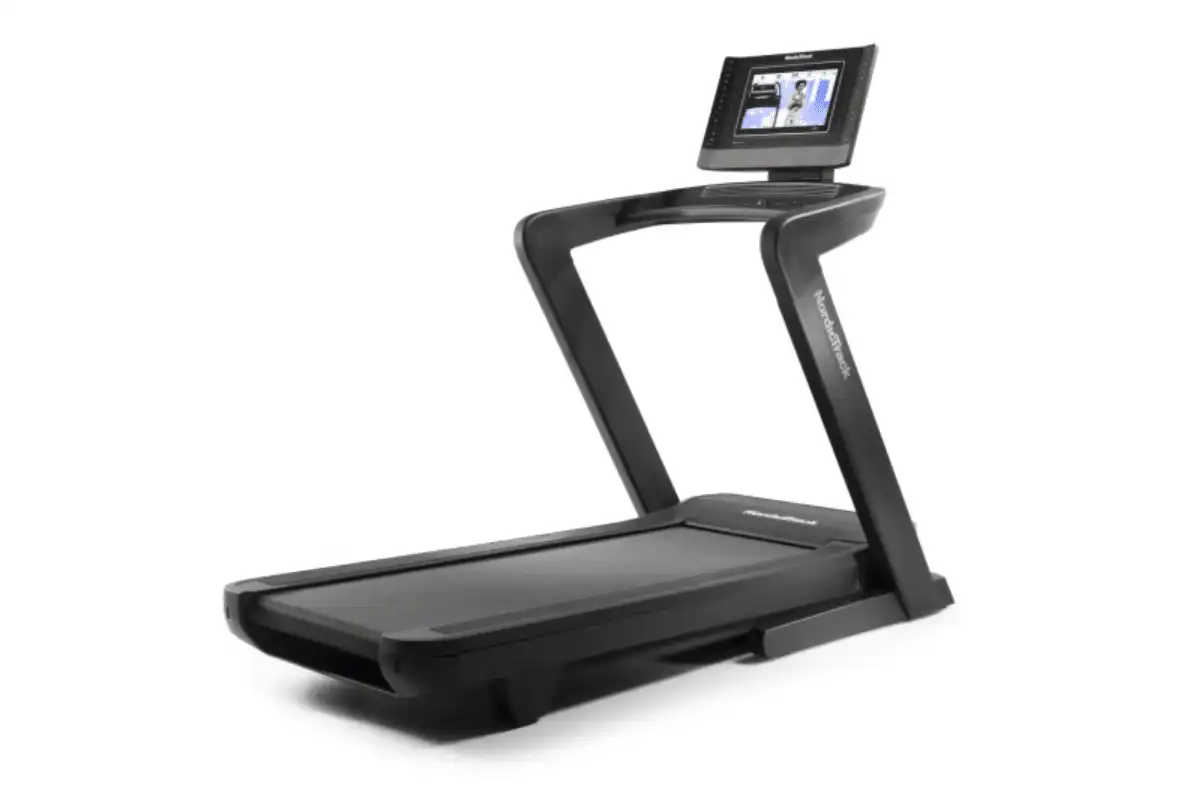

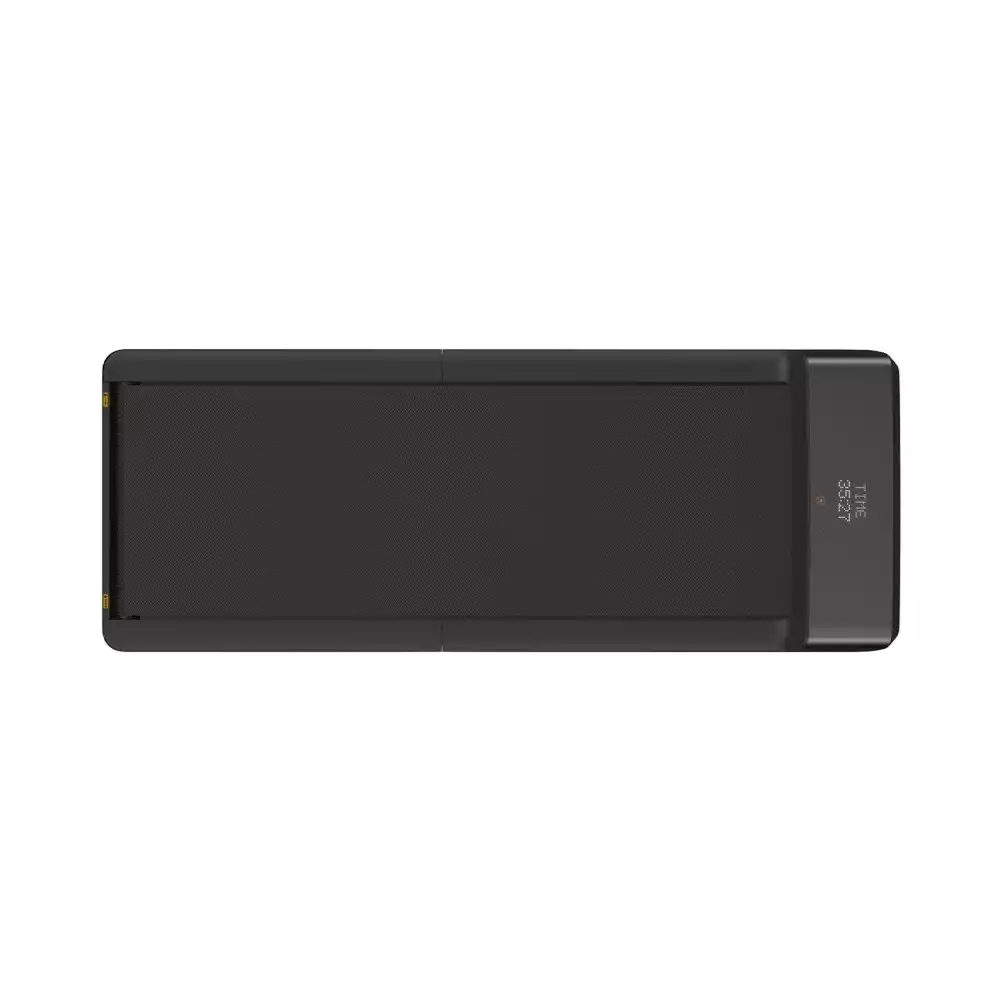
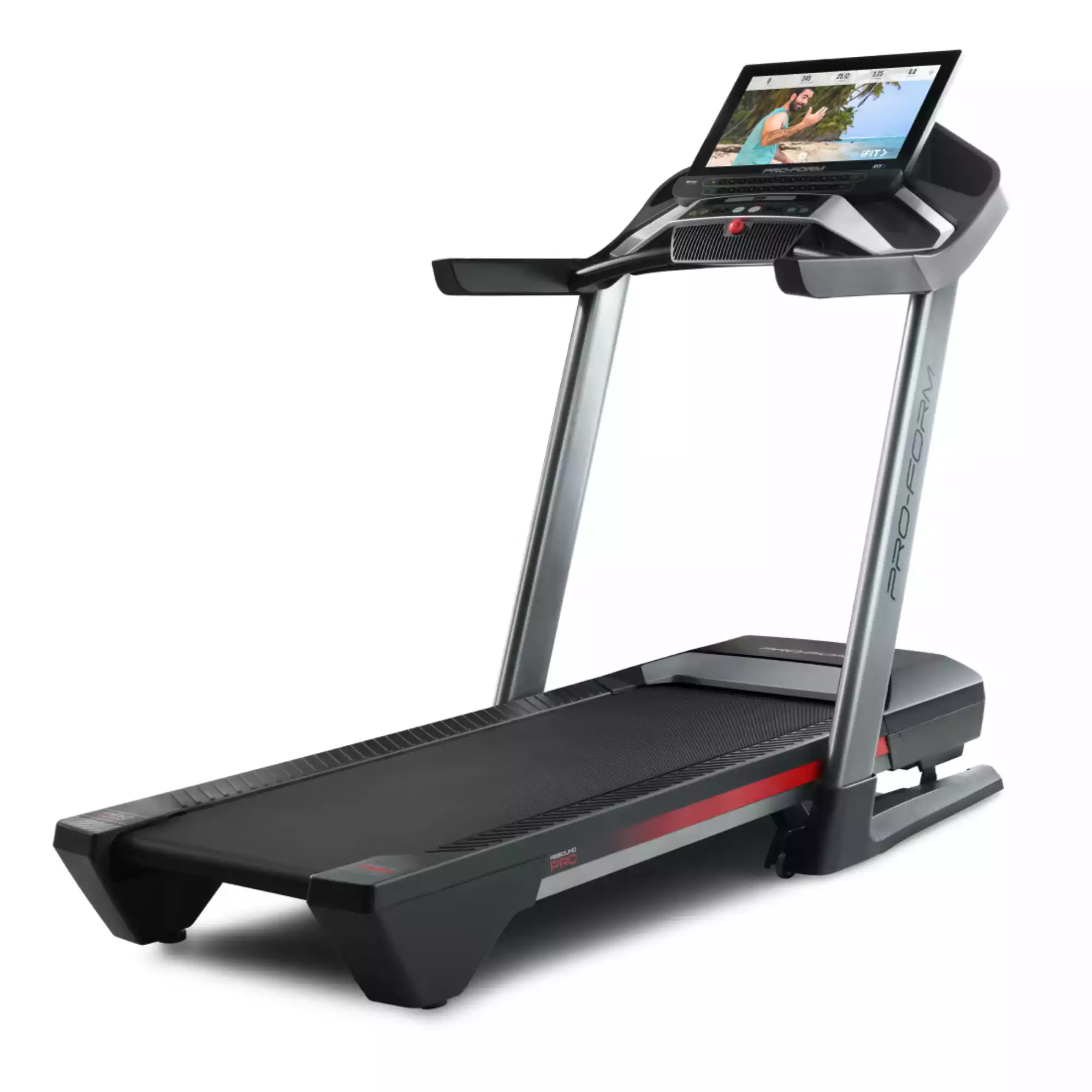

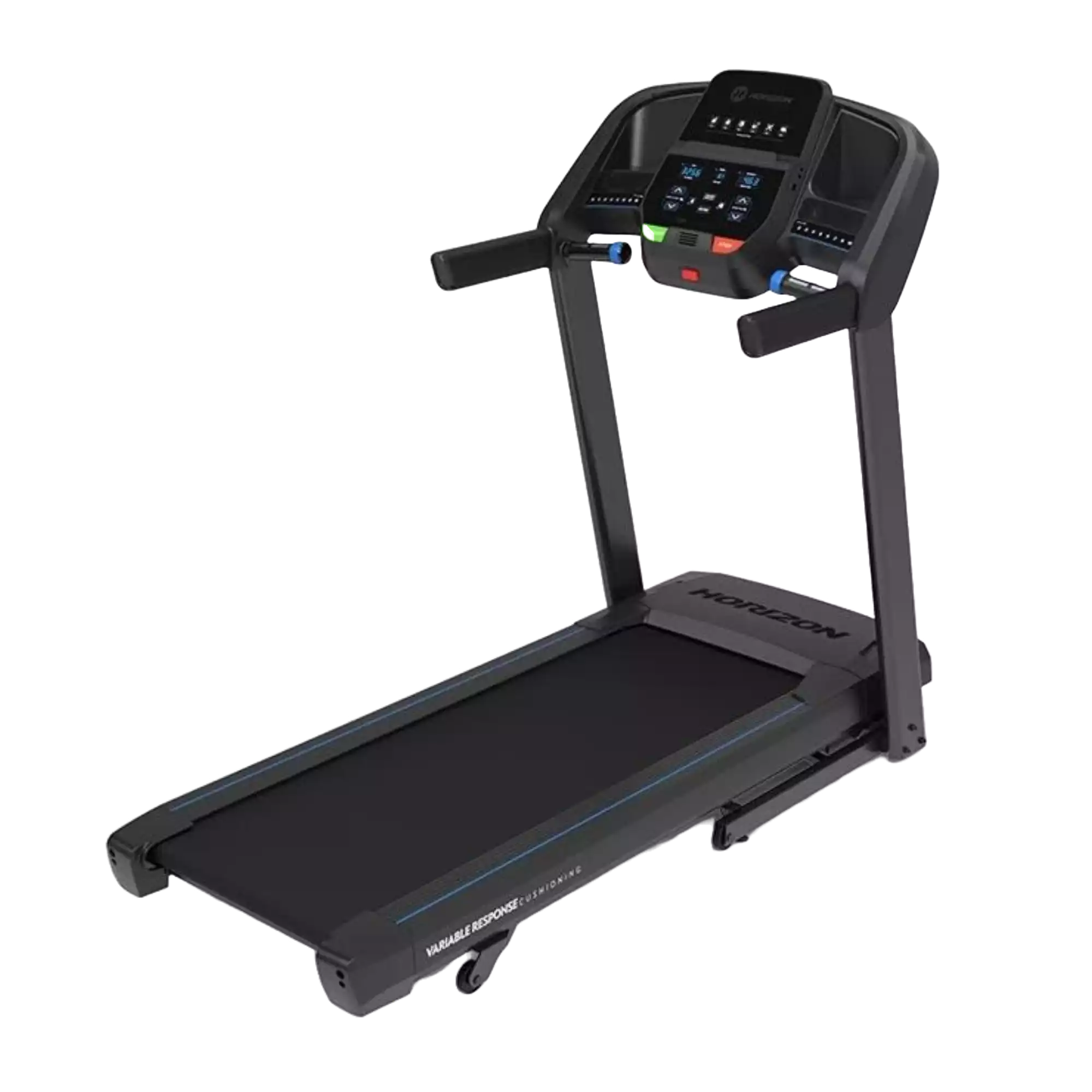
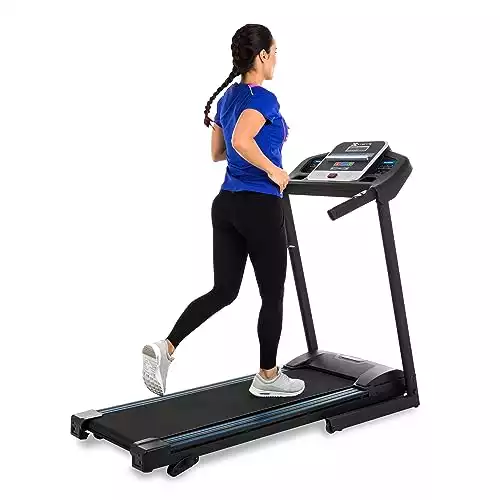
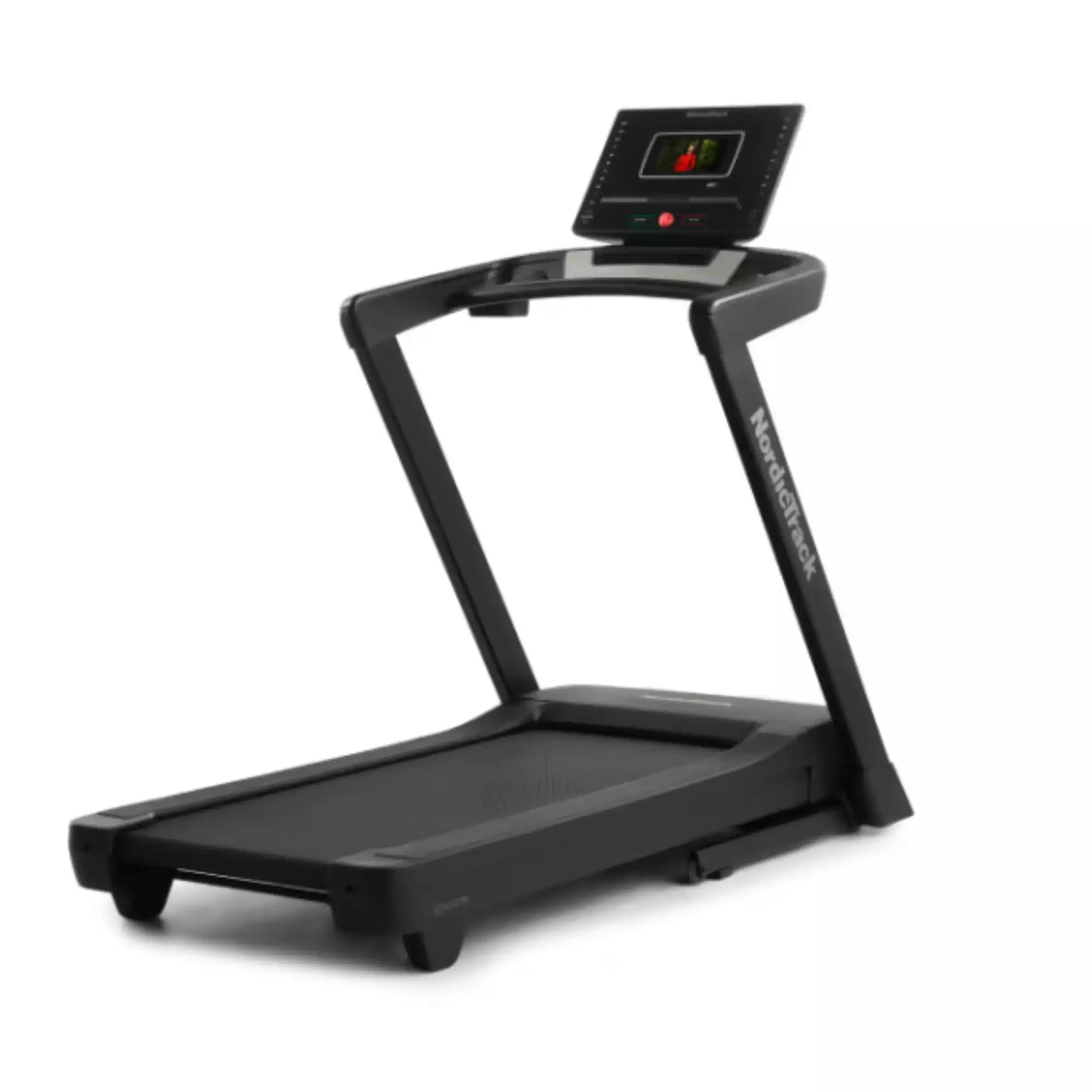

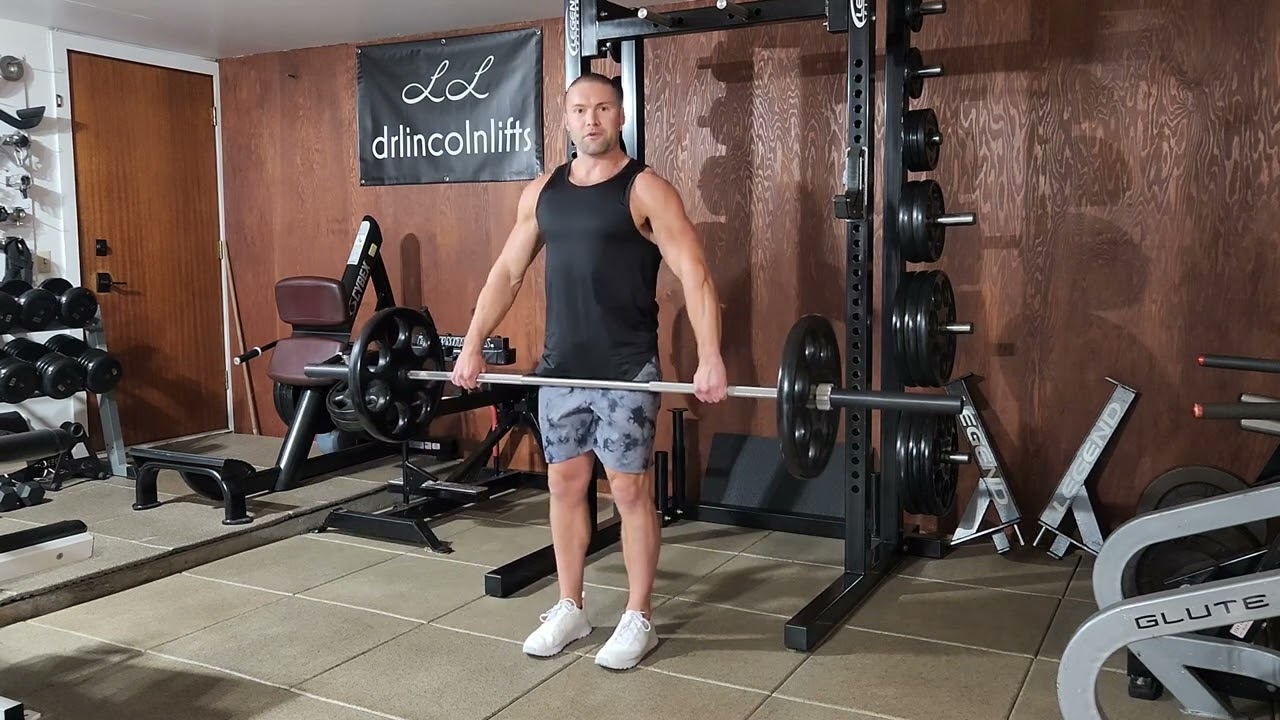
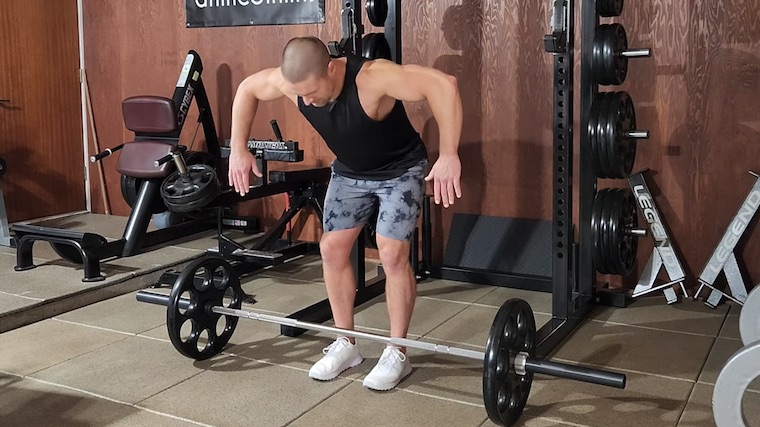
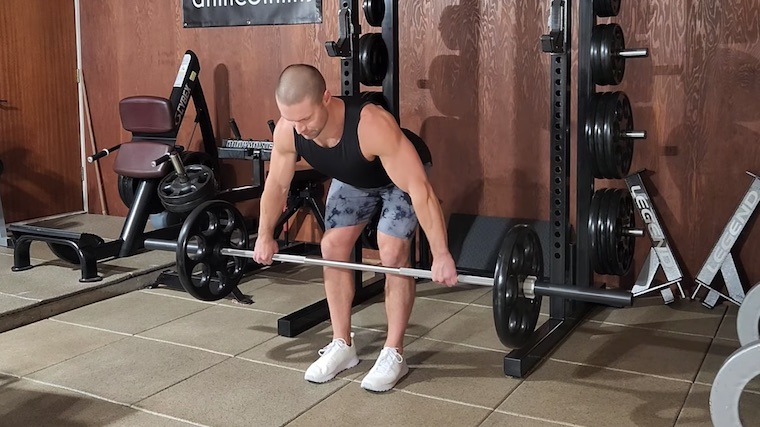
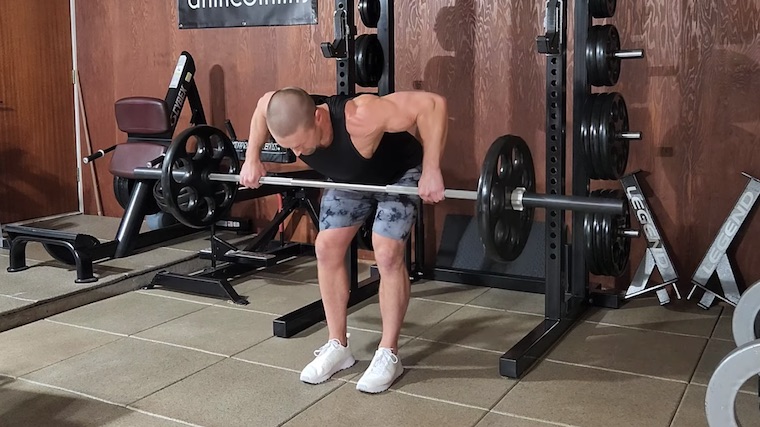
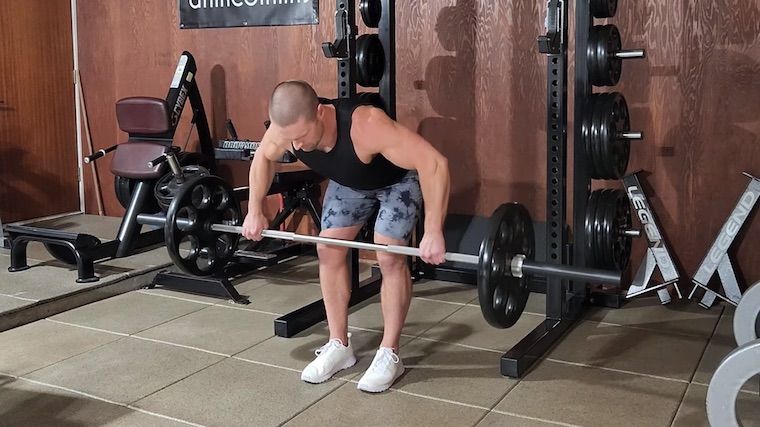
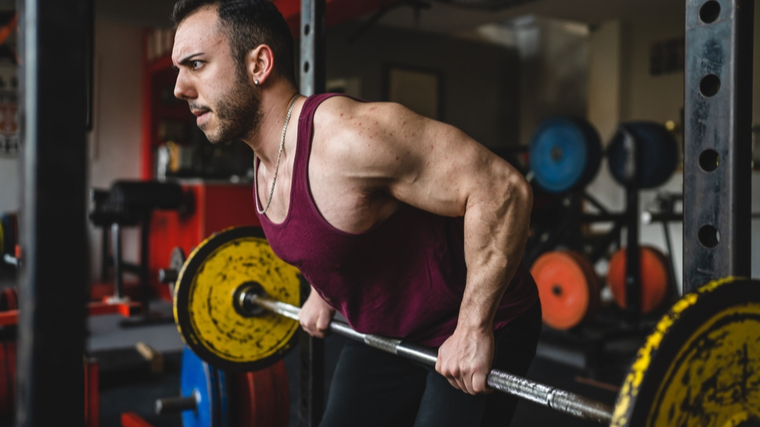
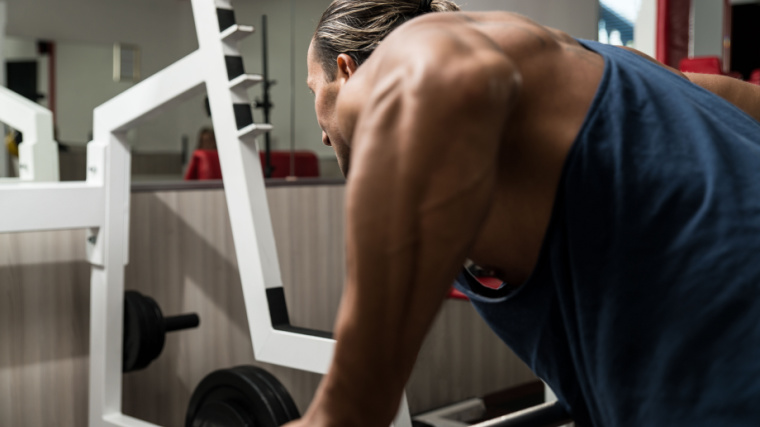

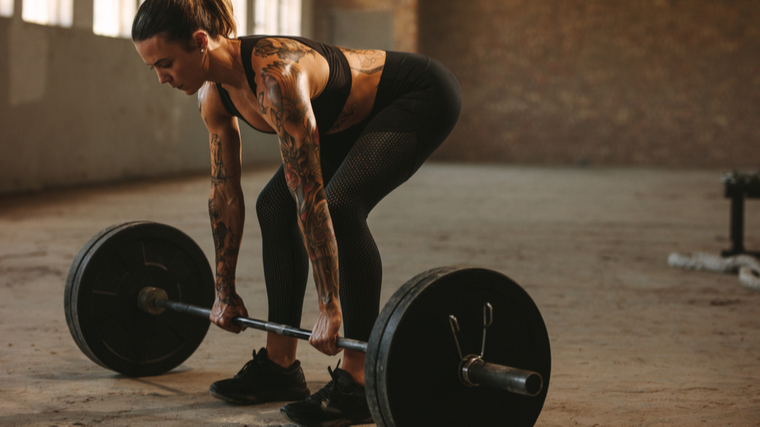
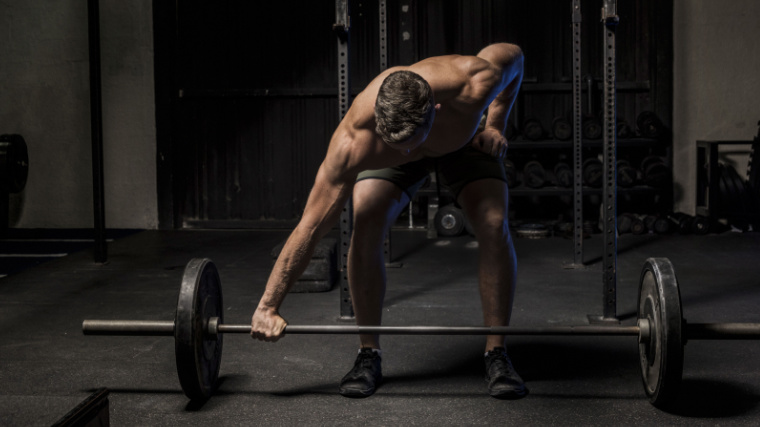
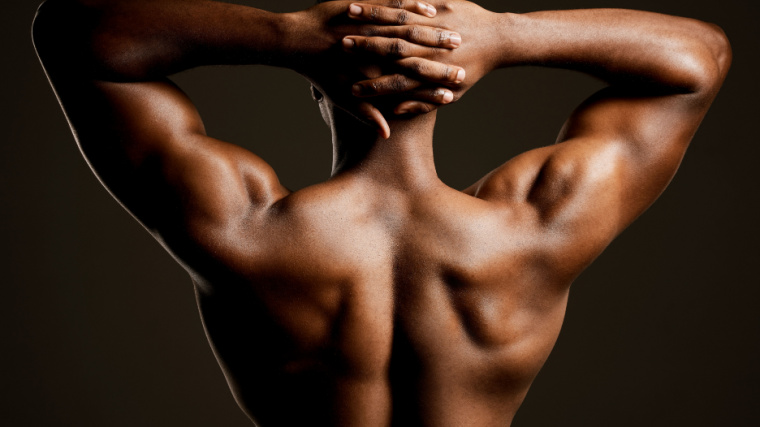
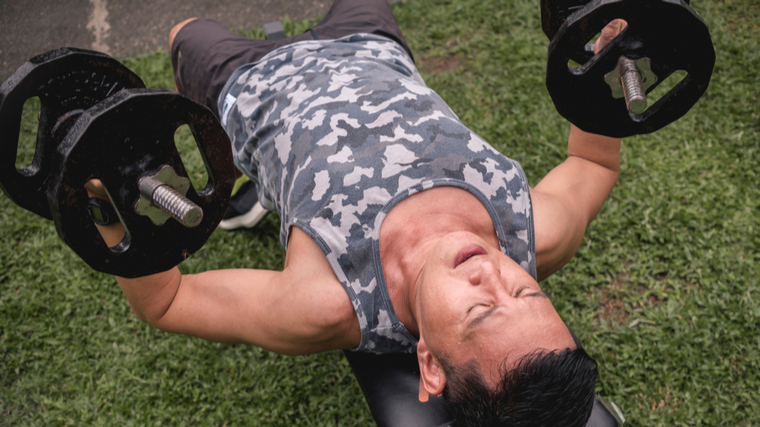
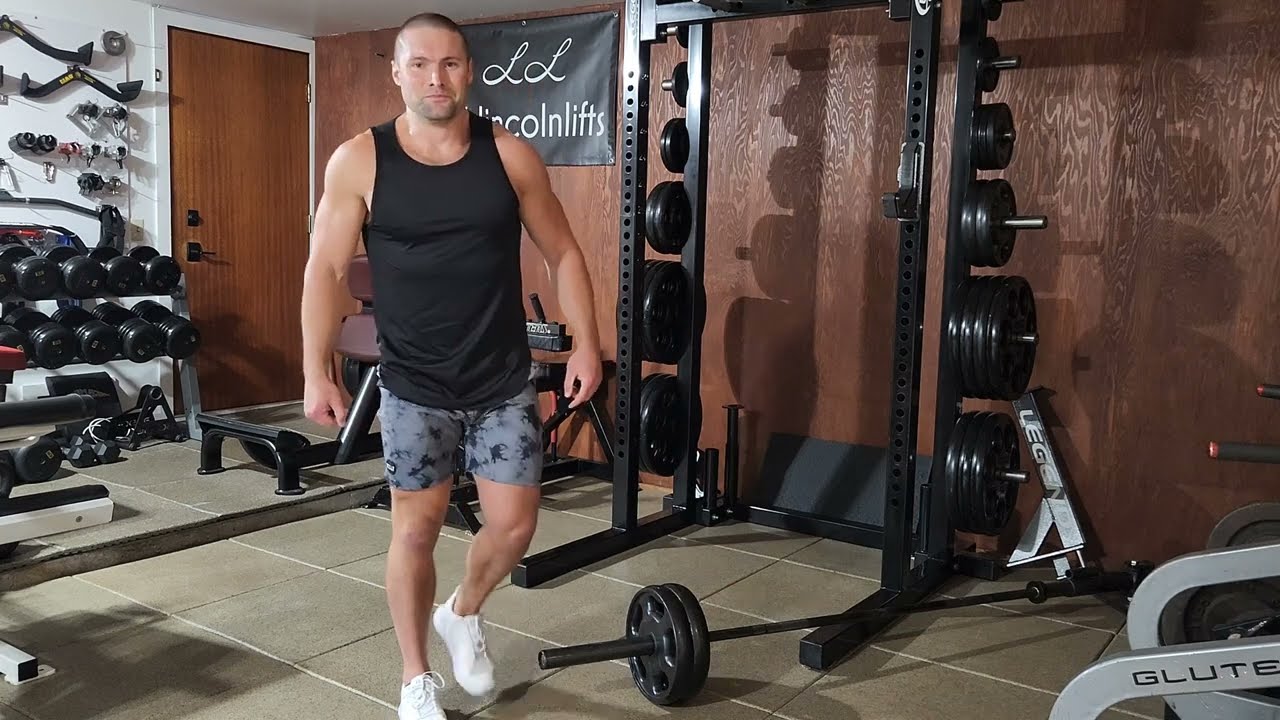
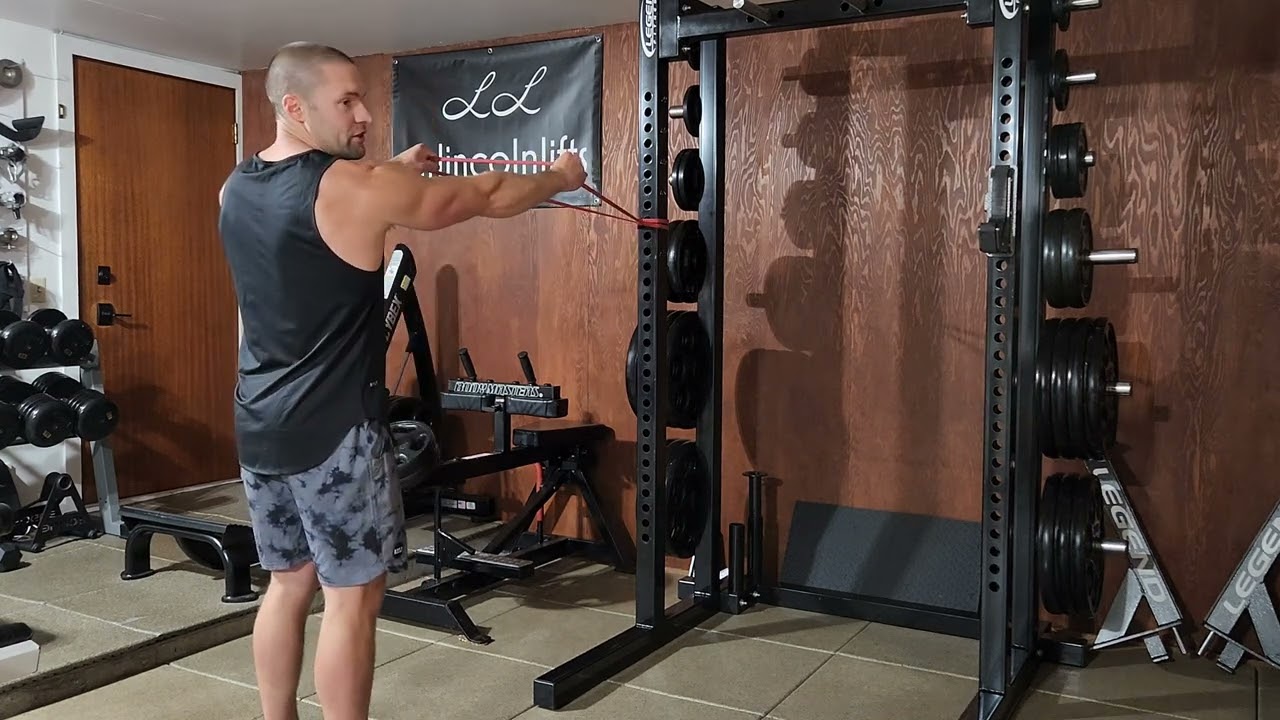
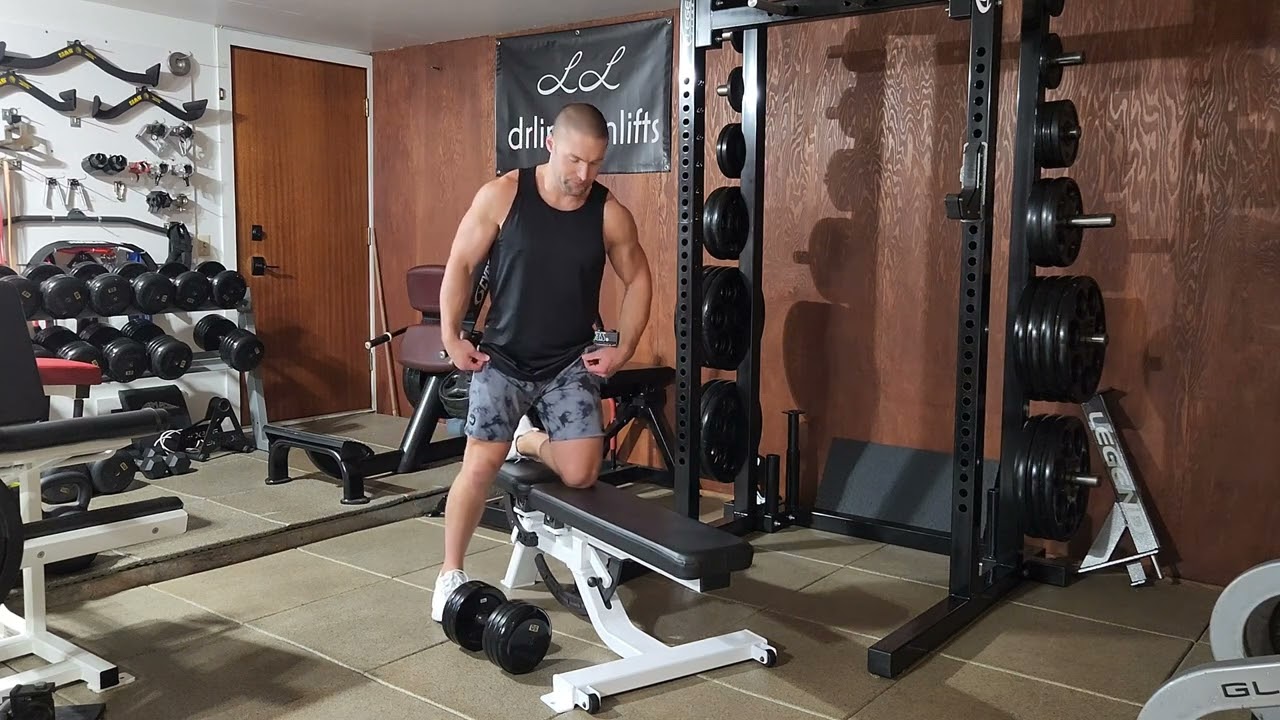
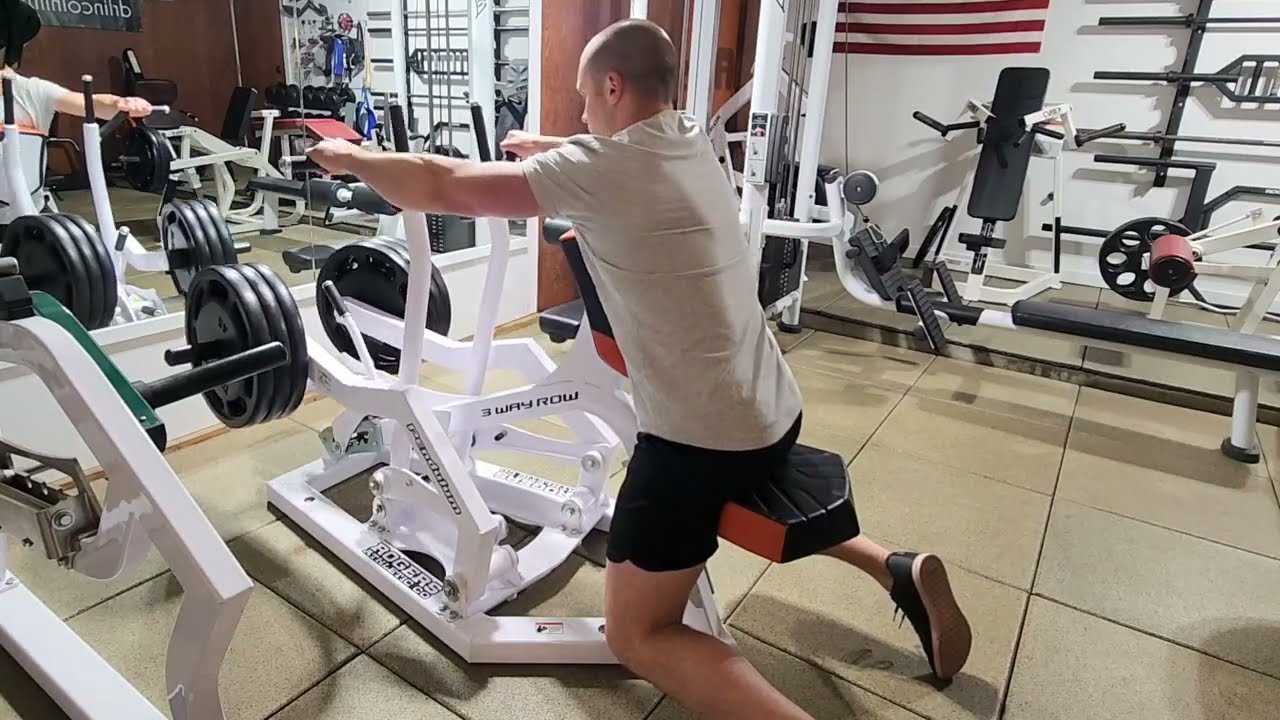
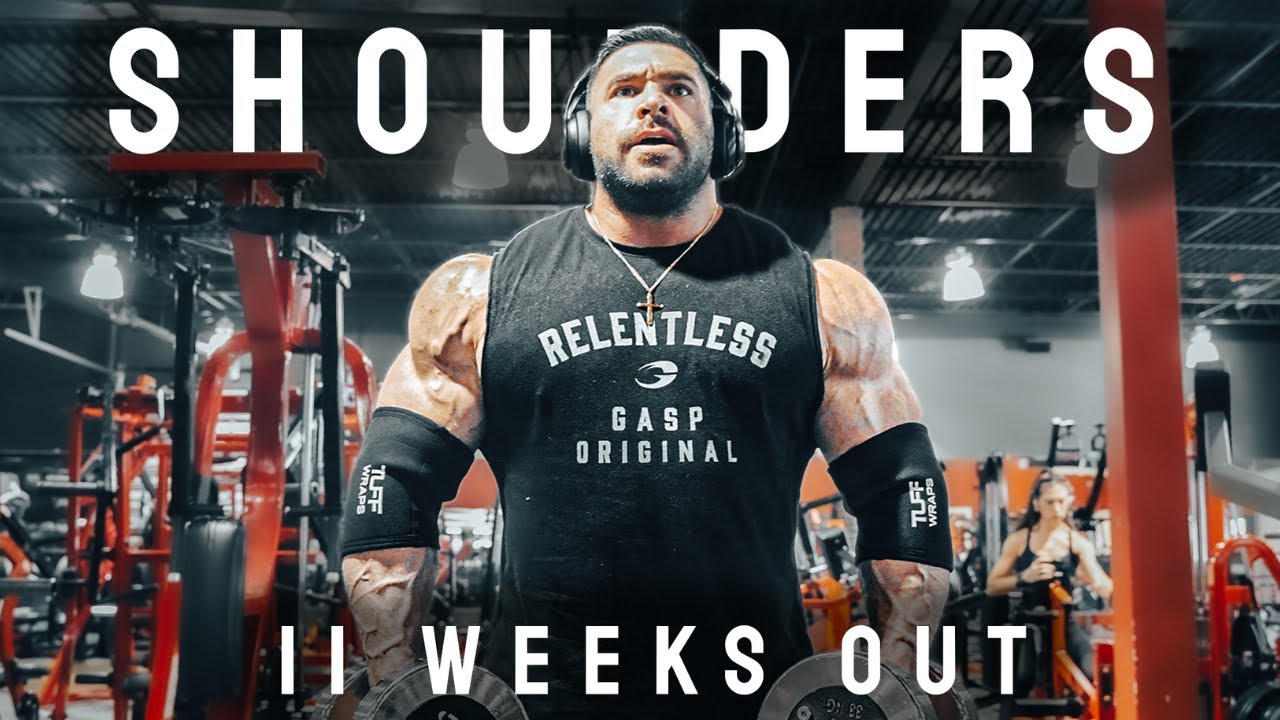
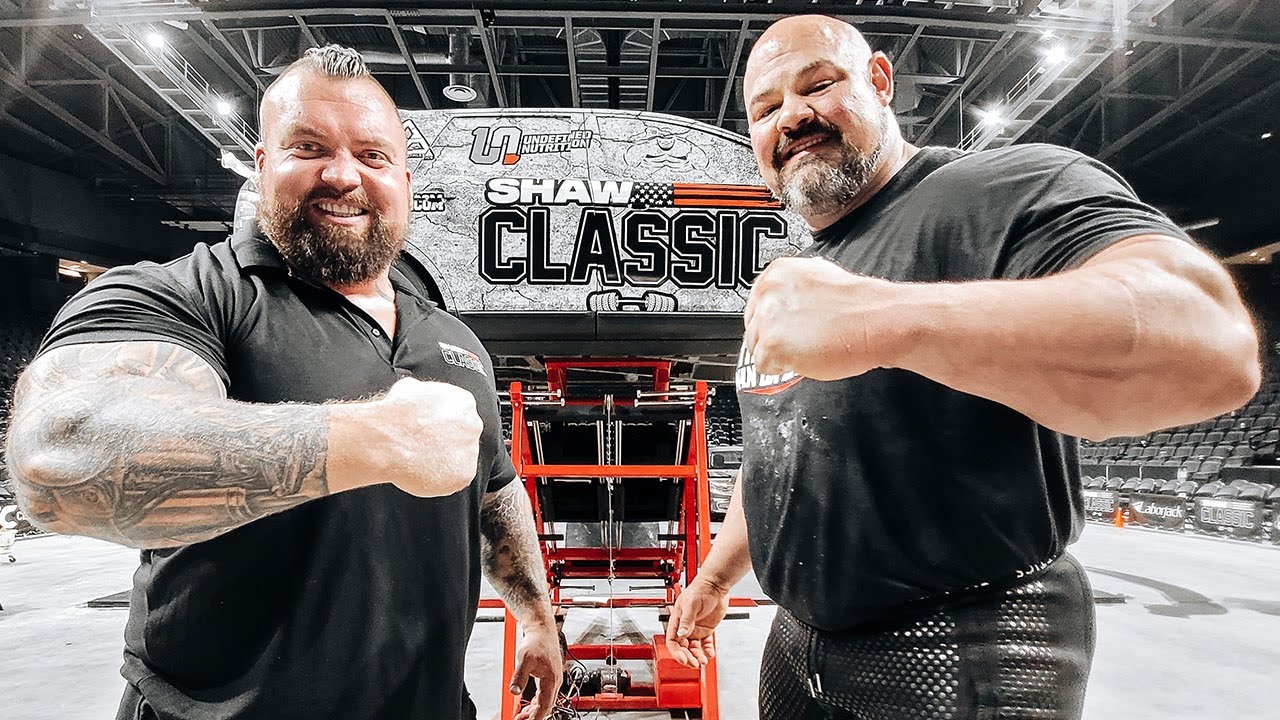
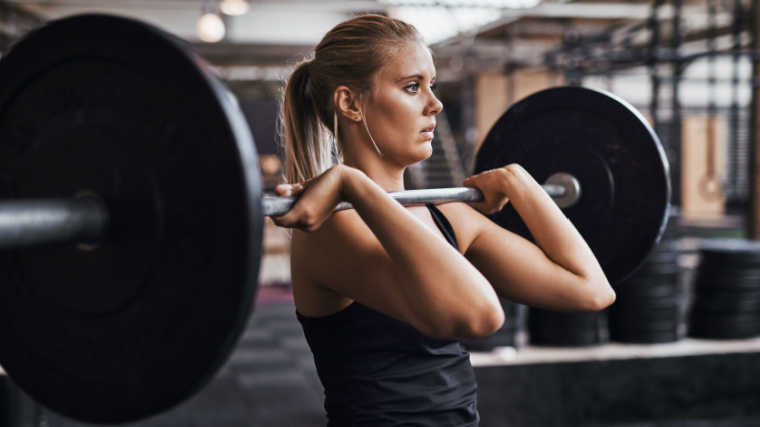
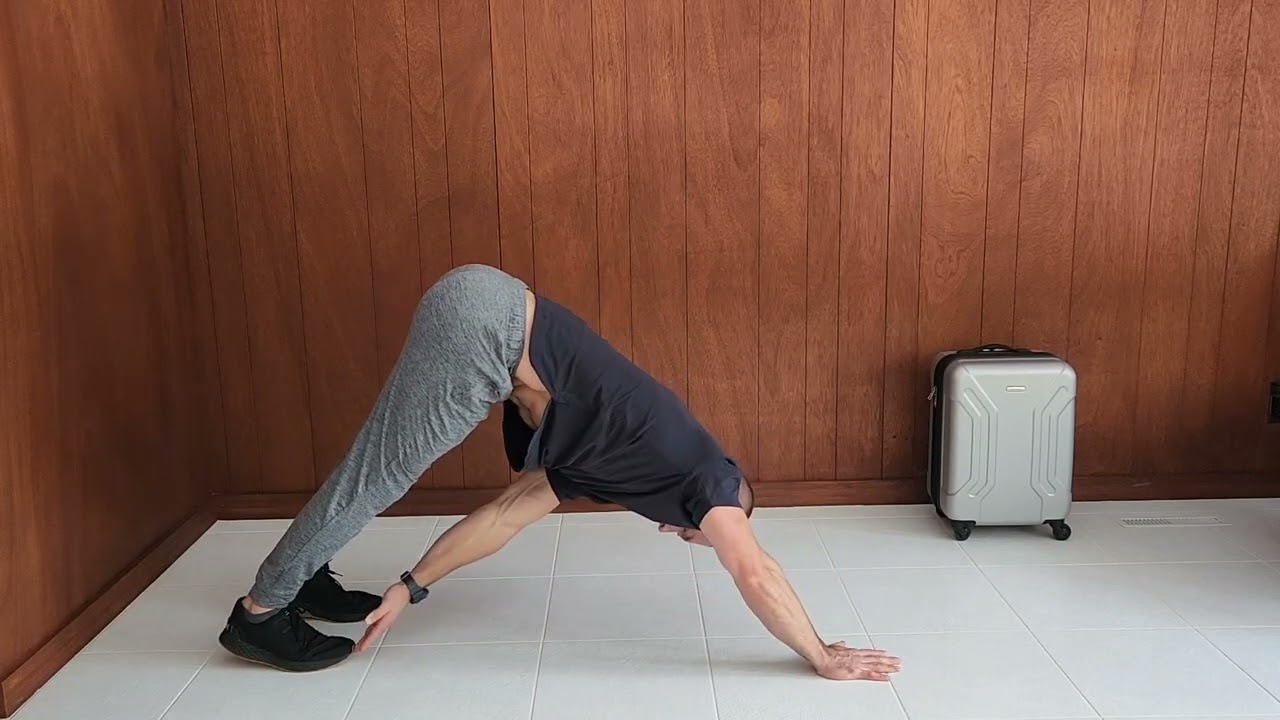
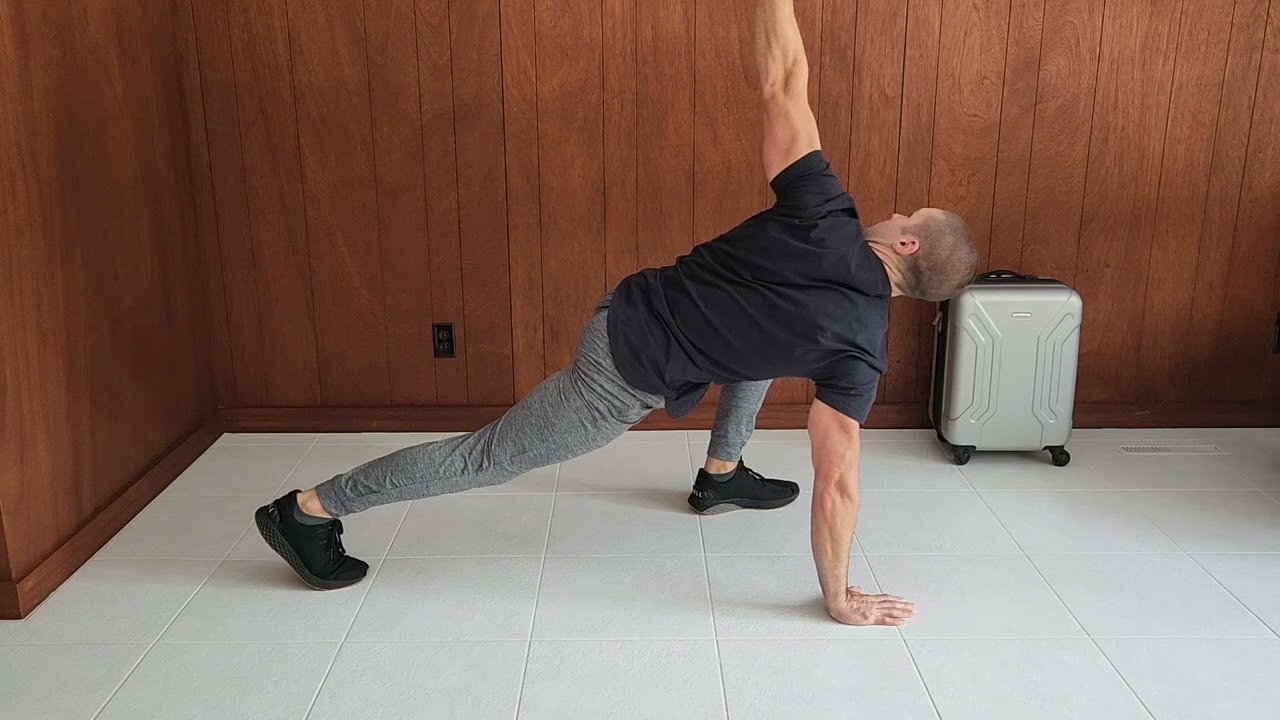
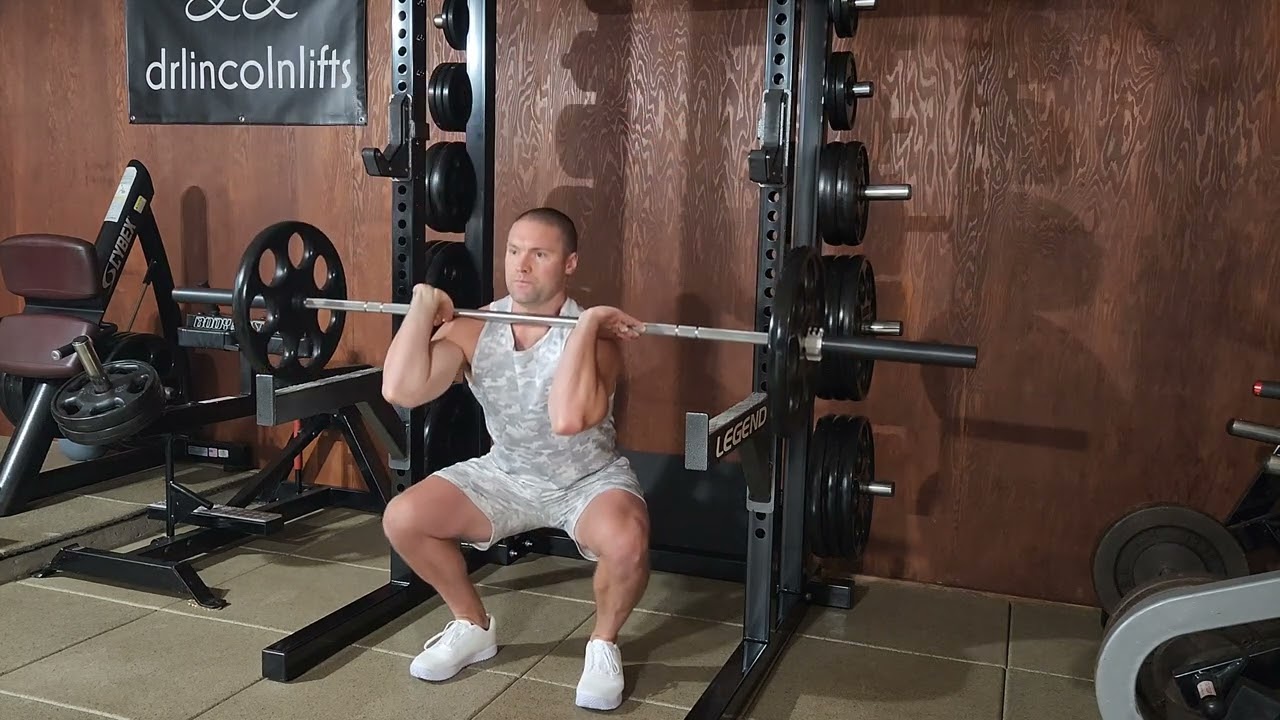







 For now classes are 6pm and 640pm at 2840 Wildwood st in the Boise Cloggers studio.
Book your class NOW!
click this ==>
For now classes are 6pm and 640pm at 2840 Wildwood st in the Boise Cloggers studio.
Book your class NOW!
click this ==>








